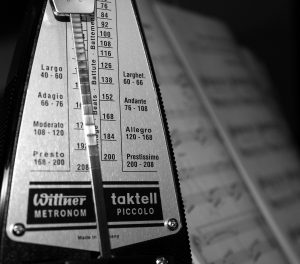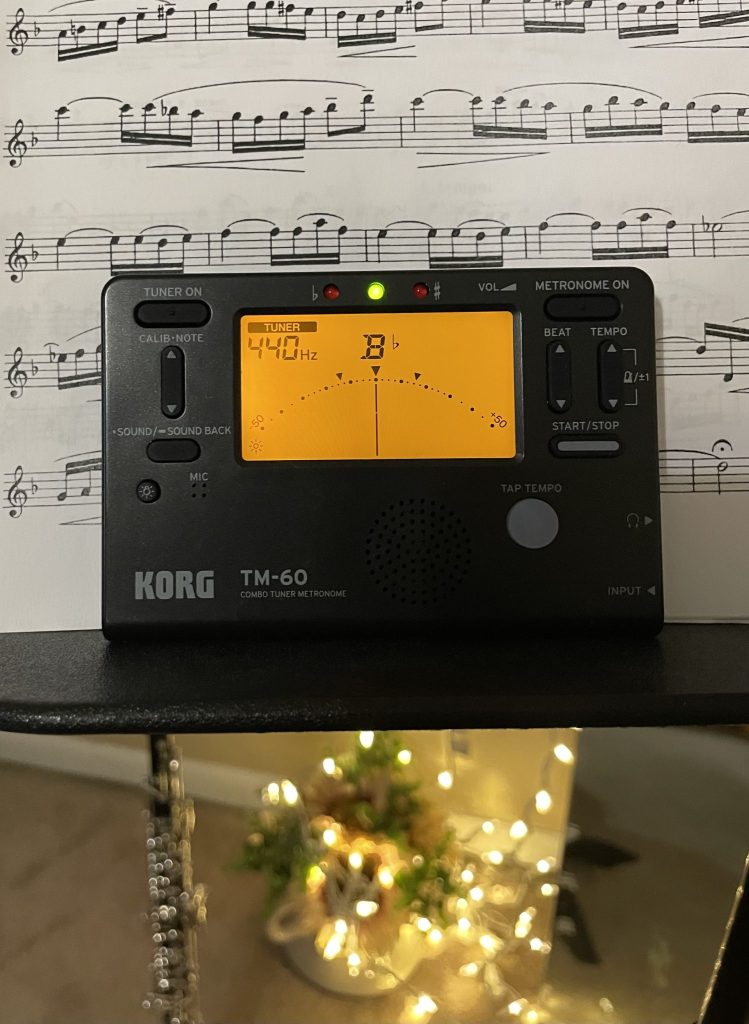BLOG 11: How to Practice Scales
How to Practice Scales

Scales provide the means by which we develop technique.
Fingering problems on the oboe focus on the proper use of half-hole and octave keys.
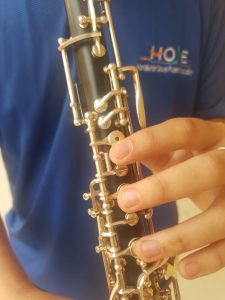
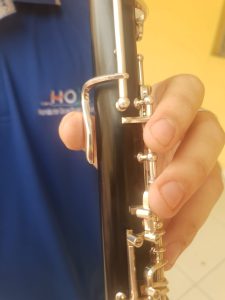
Scales should be practiced slowly and evenly as a basis for fluid technique.
Different patterns of articulation should be used. Arpeggios and octaves should also be played.
A metronome and tuner are essential for both these exercises and vibrato practice.
You could use an online metronome:
METRONOME ONLINE – free online metronome
Tips for practicing Scales:
-
-
-
-
- Practice scales slowly with a single breath, quarter note to 50 on the metronome.
- Also, use the following rhythms: quarter notes, eighth notes, triplets, and sixteenth notes.
-
-
-

-
-
-
-
- Practice scales looking in the mirror to see the position of the hands, fingers, and embouchure.
-
-
-
Recommended methods for Scales:
La Technique du Hautbois: sonority and mechanism, scales by Bleuzet
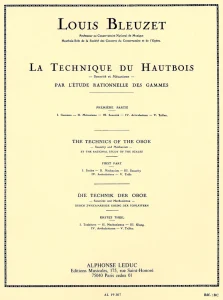
The scales in the Bleuzet are to be played in a single breath for each scale. Alternating the use of short fingerings with standards for the high notes as long as it sounds in tune and slurred. Always play a crescendo or blow faster air 4 notes before the high note A or G, or the highest note in the exercise. That helps the high notes come out easier and in tune.
Other recommended methods:
-
-
-
-
- Daily Scales for Oboe by Whitney Tustin.
- Preliminary exercises for oboe by Scozzi R.
- Daily Exercises for Oboe by Jettl
-
-
-
Remember to always practice very slowly with the metronome until you play each scale exercise as closely as possible, alternating short and standard fingerings.

